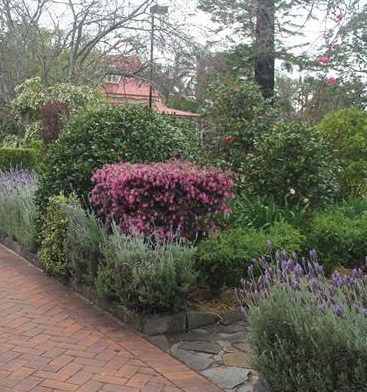 Learn about Lavender
Learn about Lavender
- Study Lavender Growing
- Start a Lavender Farm
- Sell Lavender Products
- Cater to Tourists
Lavender flowers and leaves can be used for medicinal, craft, cosmetic and even culinary purposes; and is sold as ‘bunched lavender’, stripped flowers for crafts and distilled oil – making it a profitable commodity world-wide.
Commercial lavender production is a significant industry globally; and one which like the wine industry, can offer significant rewards to anyone who approaches it in a considered and well planned way, and is able to develop and produce a competitive, quality product.
In this industry it is all about producing quality; and this course can be the first step toward a serious understanding of the commercial lavender industry.